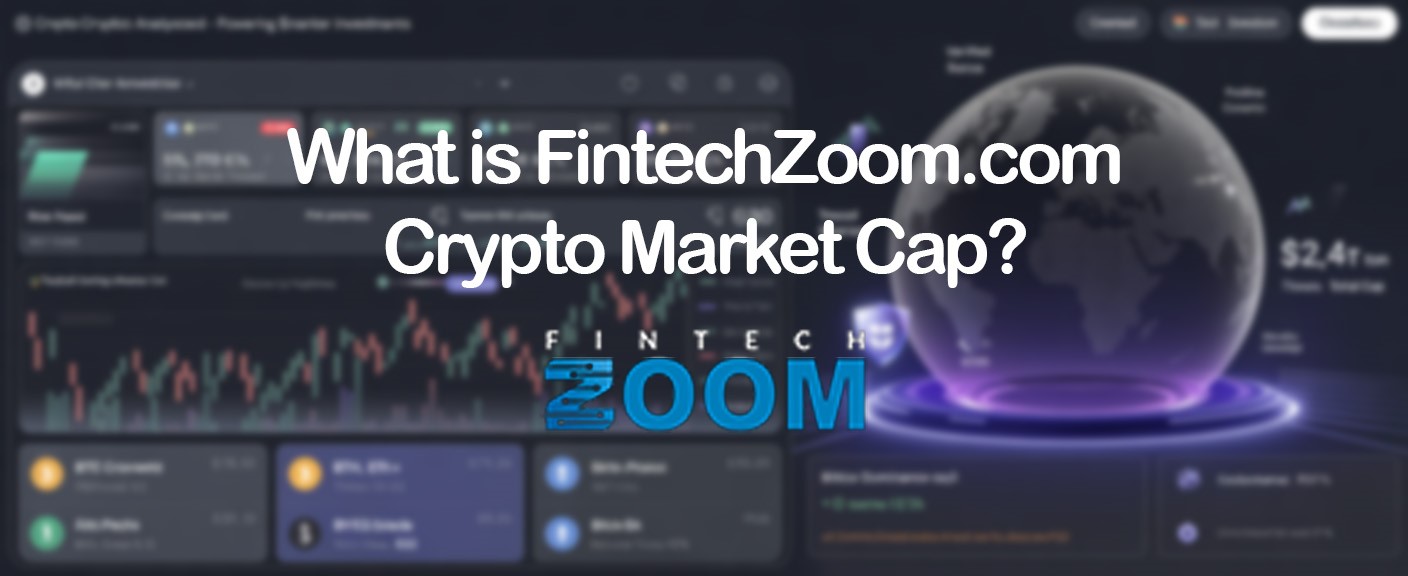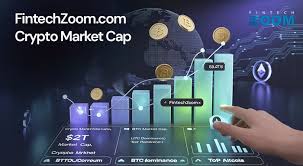
[ad_1]
The financial technology sector, known as FinTech, has undergone a remarkable transformation over the recent years. Emerging technologies, changing consumer preferences, and regulatory shifts are continuously reshaping the landscape. This article explores the top trends shaping the FinTech landscape, based on insights from FinTech Zoom, and offers a comprehensive look at what to expect in the near future.
1. Introduction
The FinTech landscape is an expansive arena where technology meets finance. With innovations emerging at lightning speed, it is essential to keep an eye on the top trends shaping this sector. FinTech Zoom continuously analyzes these trends, providing invaluable insights for industry stakeholders. This article delves into significant trends, including digital banking, blockchain, AI, and more, to give a rounded perspective of the FinTech world.
2. The Rise of Digital Banking
2.1 Features of Digital Banking
Digital banking involves providing financial services via the internet, allowing users to perform transactions without needing a physical bank branch. Key features of digital banking include:
-
- User-Friendly Interfaces: Modern digital banking platforms focus on creating seamless user experiences.
-
- 24/7 Accessibility: Customers can access their accounts at any time from anywhere.
-
- Enhanced Security Protocols: Multi-factor authentication and biometric verification methods ensure a higher level of security.
2.2 Impact on Traditional Banking
The rise of digital banking has challenged traditional banking institutions to rethink their strategies. Banks are investing in technology to enhance customer experiences, leading to a shift from brick-and-mortar branches to digital-first approaches.
3. Blockchain and Cryptocurrencies
3.1 Understanding Blockchain
Blockchain technology, a cornerstone of the cryptocurrency boom, acts as a decentralized ledger that ensures data integrity and security. Each block in a chain contains a set of data, timestamps, and cryptographic hashes of the previous block, making tampering practically impossible.
3.2 The Growth of Cryptocurrencies
Cryptocurrencies have surged in popularity, driven by significant investments and growing acceptance. Bitcoin and Ethereum are frontrunners, but many altcoins are also emerging. FinTech Zoom highlights the importance of diversification and understanding the different cryptocurrencies available on the market.
4. Artificial Intelligence in FinTech
4.1 AI-Powered Financial Services
AI plays a critical role in automating processes and providing personalized financial services. From chatbots that assist customers in real-time to algorithms that analyze market trends, AI’s capabilities are being harnessed by various firms.
4.2 Risk Management with AI
AI also offers robust solutions for risk management. Algorithms can analyze vast amounts of data to identify potential risks, enabling firms to act proactively. This not only safeguards firms but also enhances consumer confidence in financial services.
5. Peer-to-Peer (P2P) Lending
5.1 How P2P Lending Works
P2P lending platforms connect borrowers with individual lenders, bypassing traditional financial institutions. This allows borrowers to access loans at competitive rates and lenders to earn better returns compared to traditional savings accounts.
5.2 Advantages of P2P Lending
-
- Lower Interest Rates: Borrowers benefit from lower interest rates.
-
- Diversification for Investors: Lenders can diversify their portfolios by funding various loans.
-
- Faster Approval Processes: P2P lending often results in quicker decisions compared to conventional loan processes.
6. Regulatory Technology (RegTech)
6.1 The Concept of RegTech
As financial regulations evolve, RegTech has emerged as a response to the growing compliance demands faced by institutions. This technology aids firms in managing rules effectively using sophisticated software to monitor transactions, ensuring adherence to regulations.
6.2 Importance of Compliance
Compliance is non-negotiable in the financial industry. RegTech helps mitigate risks associated with non-compliance, thus fostering greater trust and transparency in the FinTech landscape.
7. Mobile Payments and Digital Wallets
7.1 The Mobile Payment Revolution
The mobile payment landscape has exploded, fueled by the proliferation of smartphones and improved internet connectivity. Consumers now prefer contactless payment methods for everyday transactions, driving a shift in consumer behavior.
7.2 Popular Digital Wallet Solutions
Leading digital wallet solutions like PayPal, Venmo, and Apple Pay are changing how consumers manage their finances. These platforms offer convenient features such as in-app purchases, peer-to-peer transactions, and integration with loyalty programs.
8. Financial Inclusion
8.1 Importance of Financial Inclusion
Financial inclusion aims to provide affordable financial services to underserved populations. In regions where traditional banking facilities are scarce, FinTech solutions are playing a pivotal role in bridging the accessibility gap.
8.2 FinTech Solutions for Inclusion
Startups focusing on micro-lending, mobile banking, and digital remittances are emerging to serve low-income individuals. By leveraging technology, these solutions allow more people to access essential financial services.
9. Sustainability in FinTech
9.1 The Green FinTech Movement
Sustainability is becoming a focal point in the FinTech landscape. The green FinTech movement advocates for businesses to consider environmental impacts and promote sustainable practices.
9.2 Impact Investing
Impact investing aims to generate positive social and environmental effects alongside financial returns. FinTech platforms are being developed to channel funds into sustainable projects, thereby aligning financial goals with societal benefits.
10. Conclusion
The FinTech landscape is rapidly evolving. From digital banking and blockchain technology to AI and mobile payments, these trends are reshaping how consumers and businesses interact with financial services. As the industry continues to mature, it is crucial for stakeholders to stay informed and adaptable. FinTech Zoom remains a pivotal resource for understanding these changes and navigating the complexities of this dynamic sector.
11. FAQs
What is FinTech?
FinTech, short for financial technology, encompasses a broad range of applications that utilize technology to improve and automate financial services.
What are the key trends in FinTech?
Key trends include digital banking, blockchain technology, artificial intelligence, peer-to-peer lending, regulatory technology, mobile payments, and sustainability efforts.
How is AI changing the FinTech landscape?
AI is automating processes, enhancing customer service through chatbots, and enabling more accurate risk management through data analysis.
What is P2P lending?
Peer-to-peer lending allows individuals to borrow money from other individuals, facilitated by an online platform, bypassing traditional banks.
How does FinTech promote financial inclusion?
FinTech solutions help bridge accessibility gaps for underserved populations by providing cost-effective and user-friendly financial services.
This multifaceted look at the trends shaping the FinTech landscape underscores the sector’s dynamic nature. Stakeholders must remain vigilant and adaptable to harness the opportunities presented by these trends. By leveraging insights from FinTech Zoom, participants can navigate this evolving landscape more effectively.
[ad_2]







